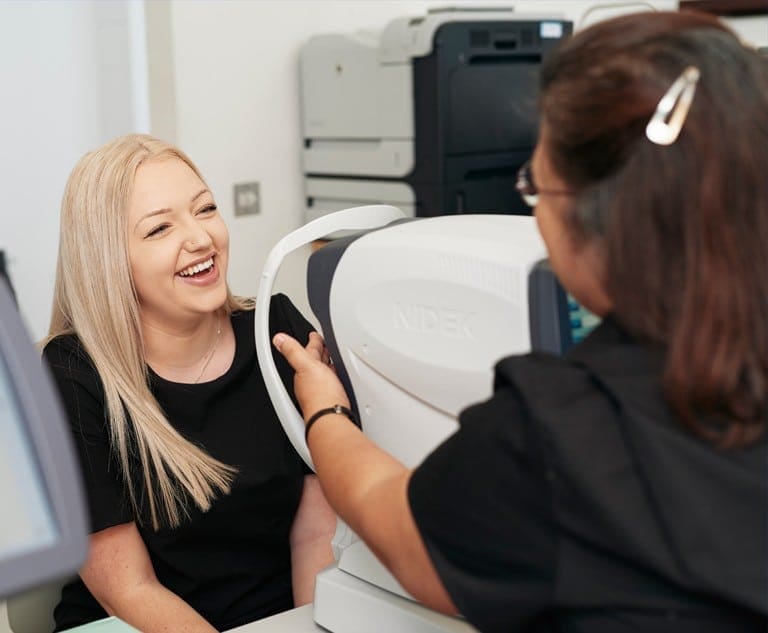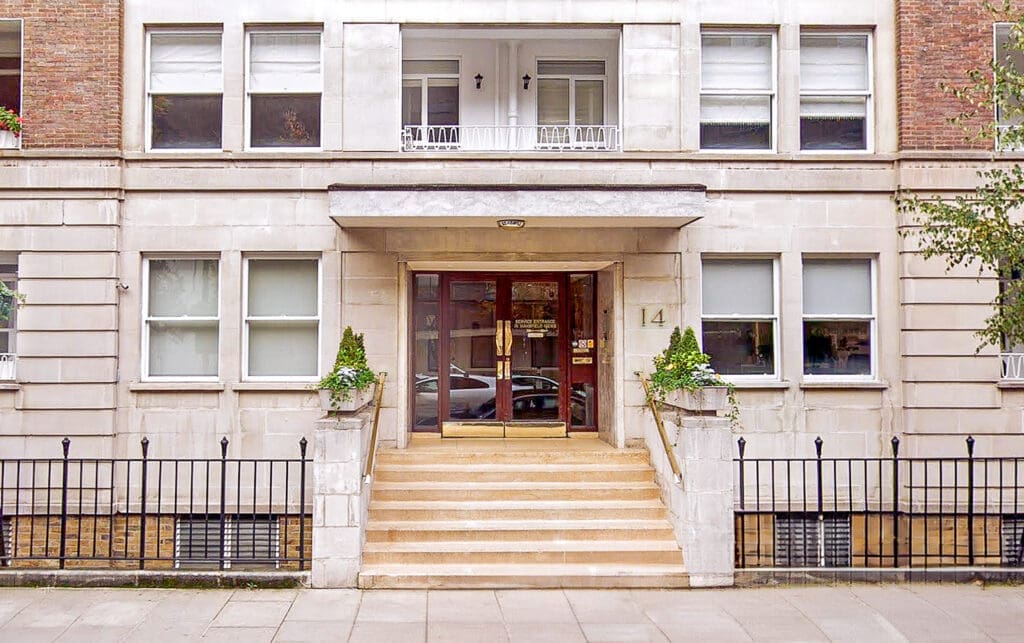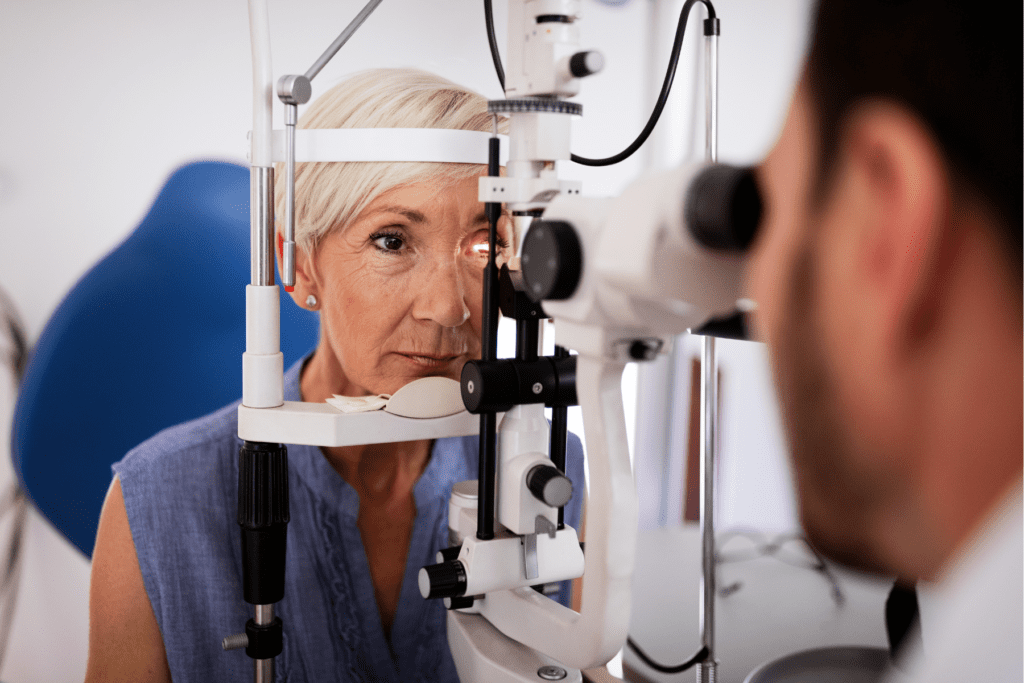Author Information
Authored by Sheraz Daya MD FACP FACS FRCS(Ed) FRCOphth
Mr Daya is the Medical Director of Centre for Sight and listed amongst the 100 most influential ophthalmologists in the world (https://theophthalmologist.com/power-list/2018/sheraz-daya/).
Next review due June 2025.
















